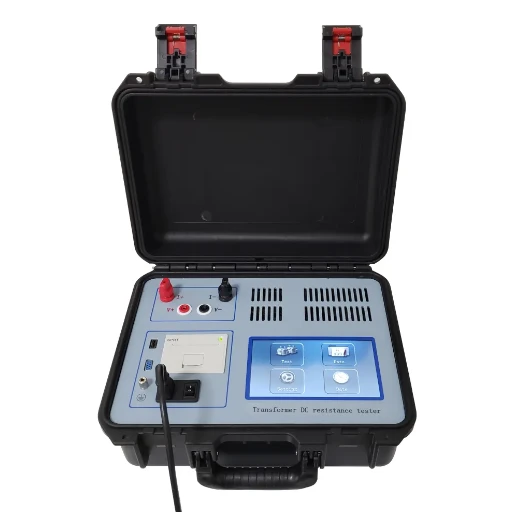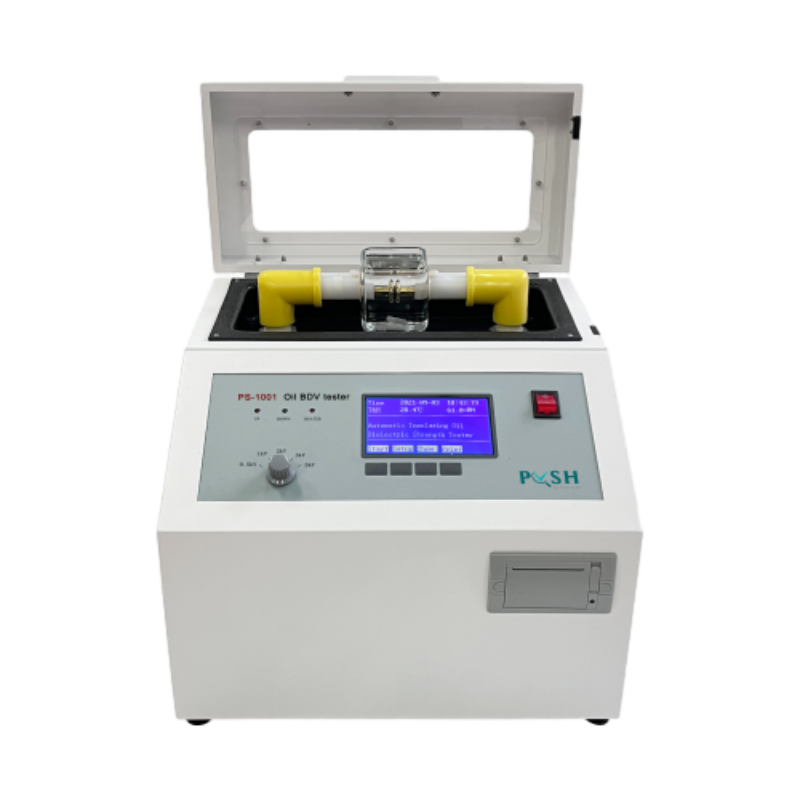TEL:
+86-0312-3189593
 English
English

Telephone:0312-3189593

Email:sales@oil-tester.com

-
 Afrikaans
Afrikaans -
 Albanian
Albanian -
 Amharic
Amharic -
 Arabic
Arabic -
 Armenian
Armenian -
 Azerbaijani
Azerbaijani -
 Basque
Basque -
 Belarusian
Belarusian -
 Bengali
Bengali -
 Bosnian
Bosnian -
 Bulgarian
Bulgarian -
 Catalan
Catalan -
 Cebuano
Cebuano -
 China
China -
 China (Taiwan)
China (Taiwan) -
 Corsican
Corsican -
 Croatian
Croatian -
 Czech
Czech -
 Danish
Danish -
 Dutch
Dutch -
 English
English -
 Esperanto
Esperanto -
 Estonian
Estonian -
 Finnish
Finnish -
 French
French -
 Frisian
Frisian -
 Galician
Galician -
 Georgian
Georgian -
 German
German -
 Greek
Greek -
 Gujarati
Gujarati -
 Haitian Creole
Haitian Creole -
 hausa
hausa -
 hawaiian
hawaiian -
 Hebrew
Hebrew -
 Hindi
Hindi -
 Miao
Miao -
 Hungarian
Hungarian -
 Icelandic
Icelandic -
 igbo
igbo -
 Indonesian
Indonesian -
 irish
irish -
 Italian
Italian -
 Japanese
Japanese -
 Javanese
Javanese -
 Kannada
Kannada -
 kazakh
kazakh -
 Khmer
Khmer -
 Rwandese
Rwandese -
 Korean
Korean -
 Kurdish
Kurdish -
 Kyrgyz
Kyrgyz -
 Lao
Lao -
 Latin
Latin -
 Latvian
Latvian -
 Lithuanian
Lithuanian -
 Luxembourgish
Luxembourgish -
 Macedonian
Macedonian -
 Malgashi
Malgashi -
 Malay
Malay -
 Malayalam
Malayalam -
 Maltese
Maltese -
 Maori
Maori -
 Marathi
Marathi -
 Mongolian
Mongolian -
 Myanmar
Myanmar -
 Nepali
Nepali -
 Norwegian
Norwegian -
 Norwegian
Norwegian -
 Occitan
Occitan -
 Pashto
Pashto -
 Persian
Persian -
 Polish
Polish -
 Portuguese
Portuguese -
 Punjabi
Punjabi -
 Romanian
Romanian -
 Russian
Russian -
 Samoan
Samoan -
 Scottish Gaelic
Scottish Gaelic -
 Serbian
Serbian -
 Sesotho
Sesotho -
 Shona
Shona -
 Sindhi
Sindhi -
 Sinhala
Sinhala -
 Slovak
Slovak -
 Slovenian
Slovenian -
 Somali
Somali -
 Spanish
Spanish -
 Sundanese
Sundanese -
 Swahili
Swahili -
 Swedish
Swedish -
 Tagalog
Tagalog -
 Tajik
Tajik -
 Tamil
Tamil -
 Tatar
Tatar -
 Telugu
Telugu -
 Thai
Thai -
 Turkish
Turkish -
 Turkmen
Turkmen -
 Ukrainian
Ukrainian -
 Urdu
Urdu -
 Uighur
Uighur -
 Uzbek
Uzbek -
 Vietnamese
Vietnamese -
 Welsh
Welsh -
 Bantu
Bantu -
 Yiddish
Yiddish -
 Yoruba
Yoruba -
 Zulu
Zulu
ກ.ພ. . 01, 2025 04:43
Back to list
PS-JSB01 Transformer Dielectric Loss Analysis Tan Delta Tester
Capacitance and dissipation factor testing are crucial procedures in the maintenance and operation of transformers, pivotal equipment in electrical power systems around the world. For professionals engaged in electrical engineering and power management, understanding these tests offers insights into the health, efficiency, and longevity of transformers, which aids in preemptive maintenance and reduces downtime.
Trust in the testing process can be bolstered by proper training, certification of personnel conducting the tests, and calibration of instruments, all of which guarantee that the testing insights are reliable and actionable. Over time, discussing results with cross-disciplinary teams, including design engineers and operations managers, enriches the collective understanding and furthers data-driven decision-making. Experience in handling the intricacies of capacitance and dissipation factor testing has shown that historical test data plays a crucial role in predicting future performance and preventing failures. Establishing baselines and comparing them against current test results can reveal trends, enabling proactive strategies. By sharing case studies and insights from actual field tests, professionals can learn explanatory patterns that sometimes go unrecognized during standard evaluations. From a product standpoint, enhancements in testing equipment have led to improved accuracy, reduced testing times, and the ability to perform tests under a broader range of conditions. For service providers offering these tests, investments in the latest technology not only grant a competitive edge but also build confidence among clients that they are receiving top-notch diagnostic services. In conclusion, capacitance and dissipation factor tests of transformers are indispensable tools in maintaining the operational health of transformers. The real-world expertise and steadfast adherence to authoritative standards greatly enhance the reliability of power systems. Through continuous innovation in testing equipment and methodologies, stakeholders can expect to navigate even the most challenging environments with confidence and success, ultimately ensuring sustained power system efficiency and longevity.


Trust in the testing process can be bolstered by proper training, certification of personnel conducting the tests, and calibration of instruments, all of which guarantee that the testing insights are reliable and actionable. Over time, discussing results with cross-disciplinary teams, including design engineers and operations managers, enriches the collective understanding and furthers data-driven decision-making. Experience in handling the intricacies of capacitance and dissipation factor testing has shown that historical test data plays a crucial role in predicting future performance and preventing failures. Establishing baselines and comparing them against current test results can reveal trends, enabling proactive strategies. By sharing case studies and insights from actual field tests, professionals can learn explanatory patterns that sometimes go unrecognized during standard evaluations. From a product standpoint, enhancements in testing equipment have led to improved accuracy, reduced testing times, and the ability to perform tests under a broader range of conditions. For service providers offering these tests, investments in the latest technology not only grant a competitive edge but also build confidence among clients that they are receiving top-notch diagnostic services. In conclusion, capacitance and dissipation factor tests of transformers are indispensable tools in maintaining the operational health of transformers. The real-world expertise and steadfast adherence to authoritative standards greatly enhance the reliability of power systems. Through continuous innovation in testing equipment and methodologies, stakeholders can expect to navigate even the most challenging environments with confidence and success, ultimately ensuring sustained power system efficiency and longevity.
Latest news
-
Testing Equipment Industry Sees Major Advancements in 2025: Smart & Precision Technologies Lead the WayNewsJun.06,2025
-
Applications of Direct Current Generators in Renewable Energy SystemsNewsJun.05,2025
-
Hipot Tester Calibration and Accuracy GuidelinesNewsJun.05,2025
-
Digital Circuit Breaker Analyzer Features and BenefitsNewsJun.05,2025
-
Benefits of Real-Time Power Quality Monitoring Devices for Industrial EfficiencyNewsJun.05,2025
-
Earth Fault Loop Testing in High-Rise Building Electrical SystemsNewsJun.05,2025



